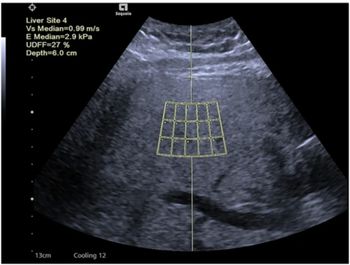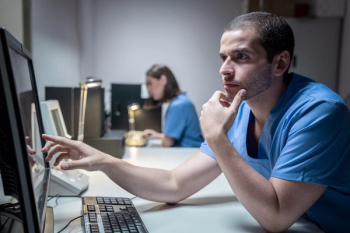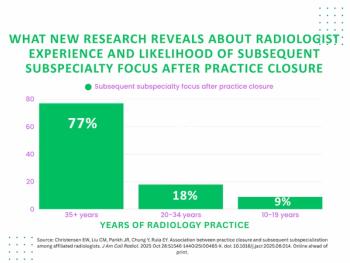
MRI Reveals Greater Pain Response in African Americans
Images dispute belief that African Americans are less sensitive to pain than other ethnicities.
Images captured using MRI, according to new research, show African-American patients feel pain more intensely than patients from other ethnicities.
These findings, published in the Feb. 3
“There’s evidence that both the general public and clinicians believe that African Americans are less sensitive to pain than non-Hispanic whites. Yet, research, including our own, shows exactly the opposite. Minorities, particularly African Americans, actually report more pain,” said lead study author Elizabeth Losin, Ph.D., assistant professor of psychology at the University of Miami, in a press statement. “If medical professionals, whether consciously or unconsciously, believe that African Americans feel less pain that others, clinicians may be less inclined to alleviate the pain of their African American patients.”
Using functional MRI, Losin and her colleagues investigated the pain responses of 88 participants – 28 African Americans, 30 Hispanic Americans, and 30 non-Hispanic white Americans. While delivering a focused heat stimulus to the arm, investigators looked for differences in how the brain responds to pain.
Not only did African-American patients verbally report more pain than other individuals, but their MRI scans also revealed heightened activity in two brain areas, the ventral striatum and ventromedial prefrontal cortex. Existing research shows these regions respond more strongly to pain in patients who live with chronic pain. Losin’s team did note the pain stimulus activated these brain regions in all patients, though not as much as in African Americans.
These findings suggest various types of stress, including mistrust of doctors, could alter the brain to feel physical pain more intensely, said co-lead study author Tor Wager, Ph.D., neuroscience professor at Dartmouth College, and imaging is playing a role in understanding that impact.
“These findings exemplify how neuroimaging is teaching us that there are multiple contributions to pain,” he said.
Newsletter
Stay at the forefront of radiology with the Diagnostic Imaging newsletter, delivering the latest news, clinical insights, and imaging advancements for today’s radiologists.






























